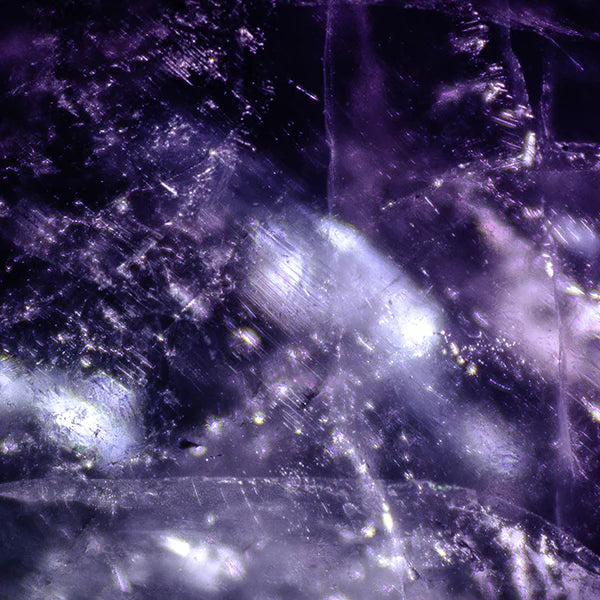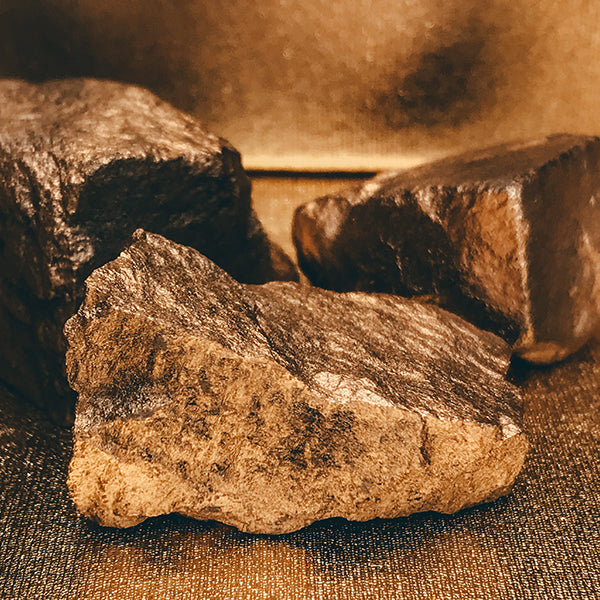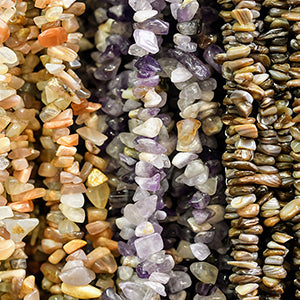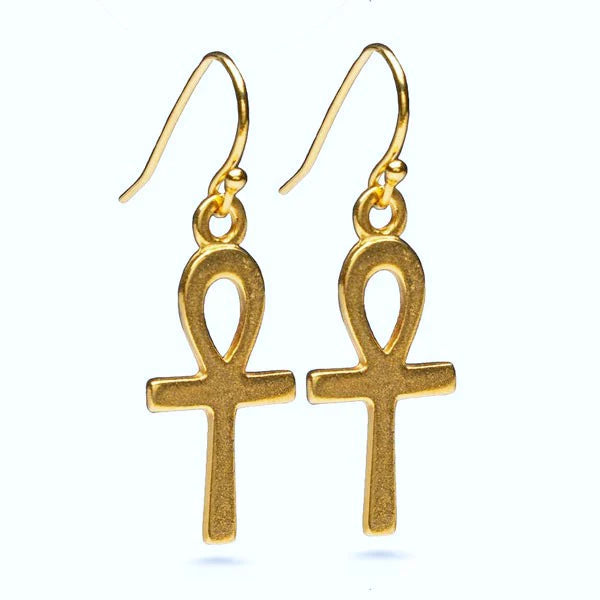
Precious stone mining and trade have a rich history around the world. Ancient regions were known for specific precious stones, such as turquoise in Egypt and lapis lazuli in present-day Afghanistan. In the 16th century, the Spanish conquests brought magnificent specimens of emeralds from Colombia to Europe. In the 19th century, diamonds were discovered in South Africa, leading to the establishment of the diamond mining industry and the famous Kimberley mines. Opals were also discovered in Australia around the same time. The value of these stones is not just in the raw product but also in the craftsmanship and design behind it. Precious stones continue to be mined and traded around the world and are a significant part of human history and culture.
Discover the rich history of precious stone mining and trade around the world.
In ancient times, different regions were known for specific precious stones. In Egypt, turquoise was mined in Sinai and amethyst near Aswan, while lapis lazuli, prized for its blue color symbolizing heaven, was imported from present-day Afghanistan. In Rome, agates were mined near Ido-Oberstein in Germany, a production that resumed in the Middle Ages. India, Sri Lanka, and Burma were known for their diverse precious stone mines, including diamonds, sapphires, rubies, and spinels. Africa, Siberia, Australia, and the Americas have also been major suppliers of precious stones throughout history.
In the ancient world, precious stones were not only used for decorative purposes but also held religious and spiritual significance. In Egypt, turquoise was believed to have protective powers, while amethyst was said to ward off drunkenness. The ancient Greeks and Romans also believed that certain stones had medicinal properties.
In the 16th century, the Spanish conquests brought magnificent specimens of emeralds from Colombia to Europe, surpassing those previously mined in Habachtal and Egypt. Stones such as topaz, tourmaline, chrysoberyl, and agate have since emerged from Brazil, while pre-Columbian gold jewelry was often adorned with emeralds. In the 19th century, diamonds were discovered in South Africa, which led to the establishment of the diamond mining industry and the famous Kimberley mines. Opals were also discovered in Australia at around the same time.
However, it's important to note that the value of these stones is not just in the raw product, but also in the processing, frames, and attachments on gold and silver. The craftsmanship and design behind the precious stones play a crucial role in determining its value and beauty. Throughout history, different cultures and civilizations have valued and utilized precious stones in various ways, making them a significant part of human history and culture. Today, many of these precious stones continue to be mined and traded around the world, with some of the most sought-after stones still coming from the same regions as in ancient times.




